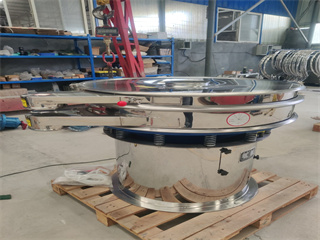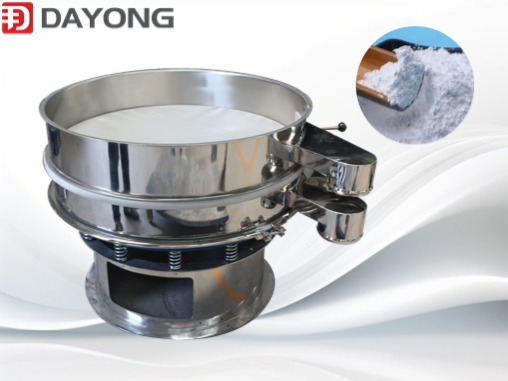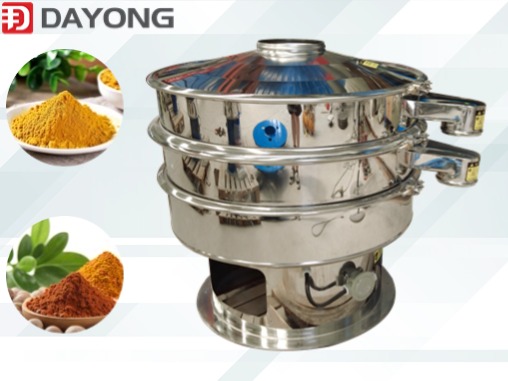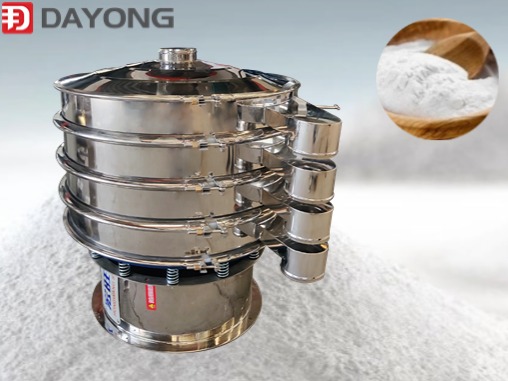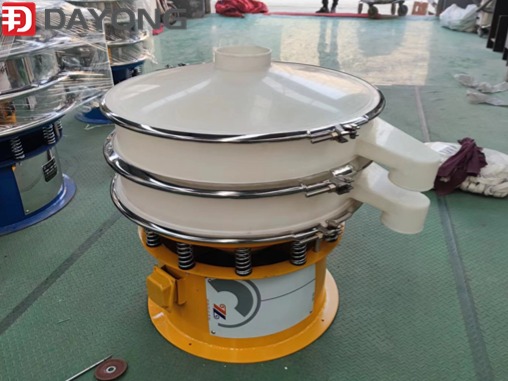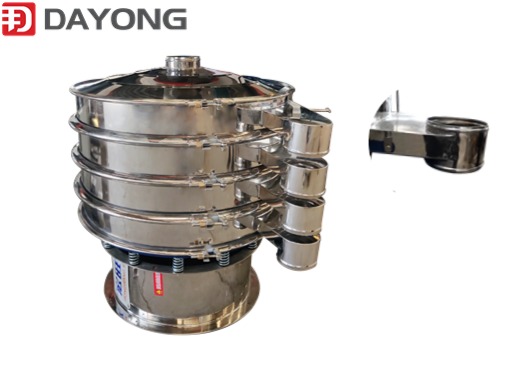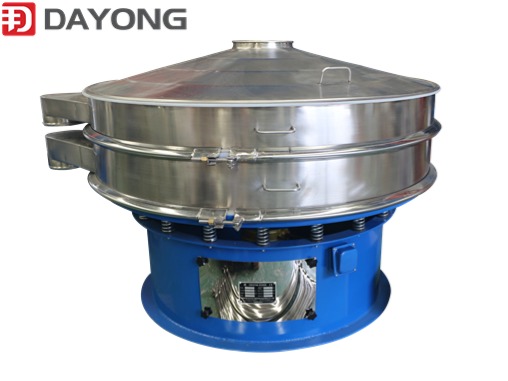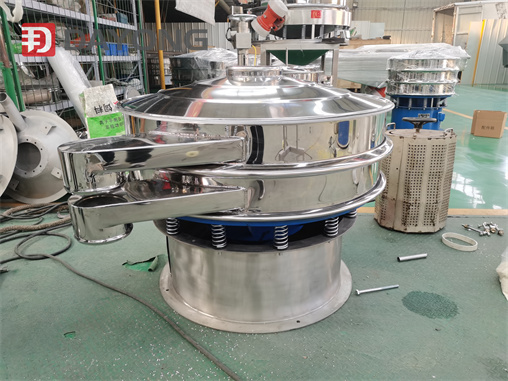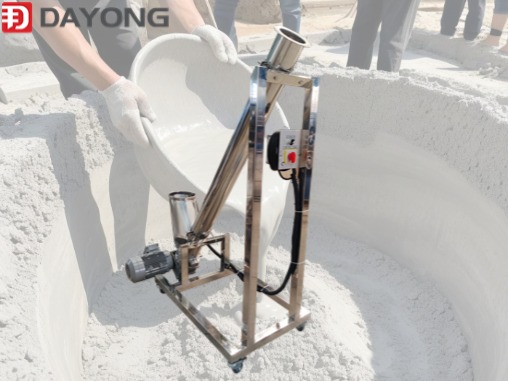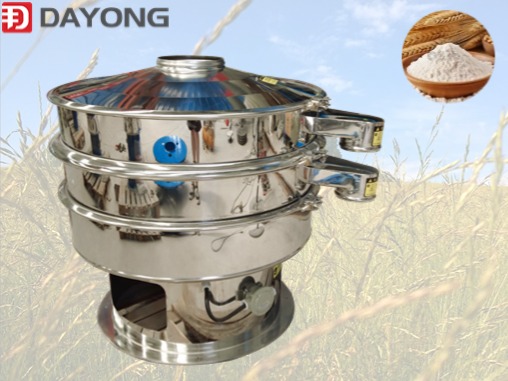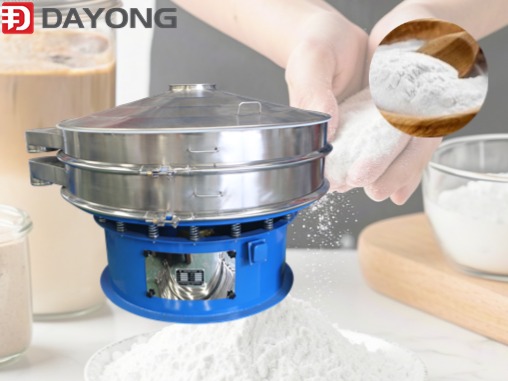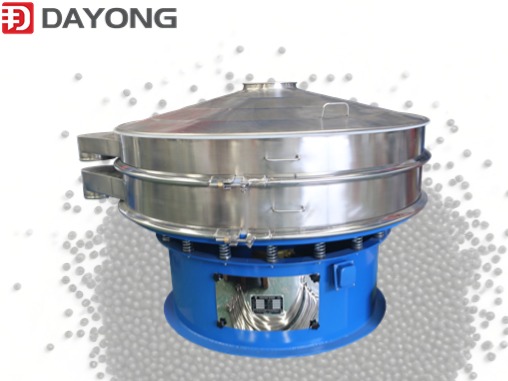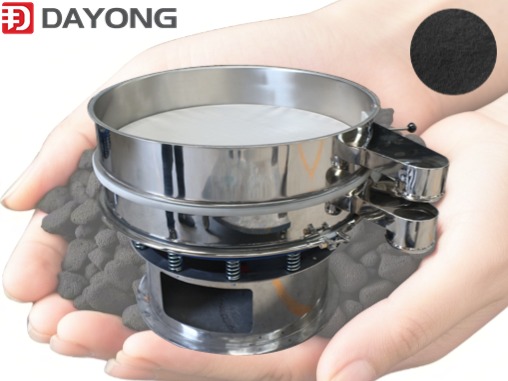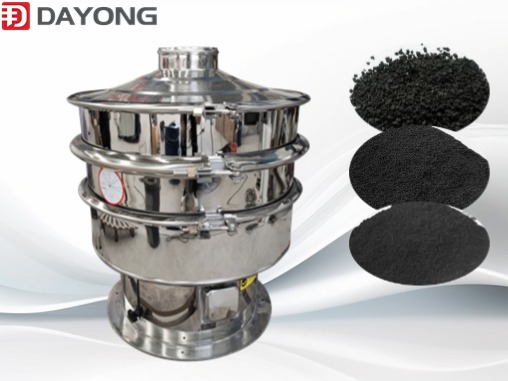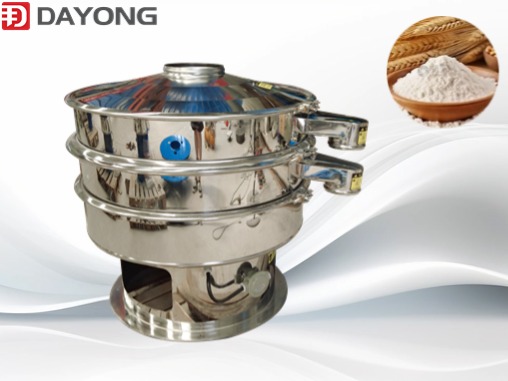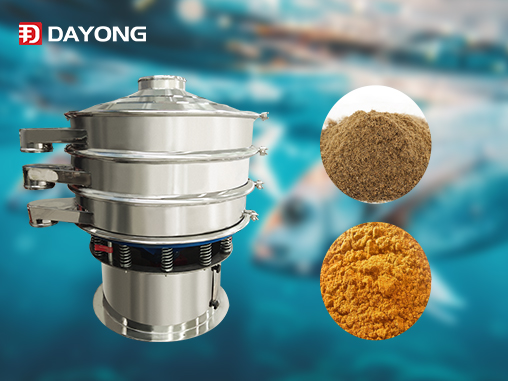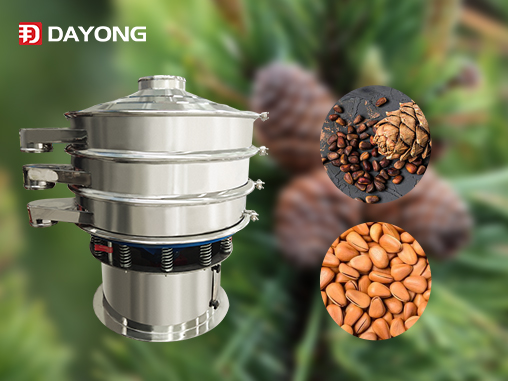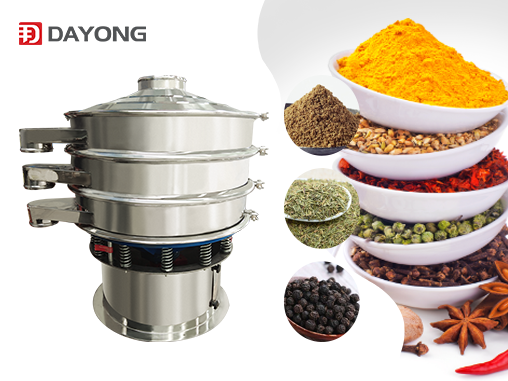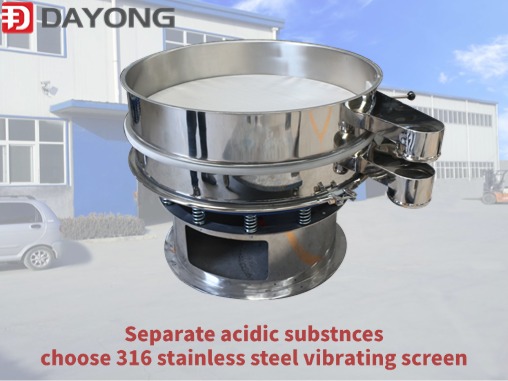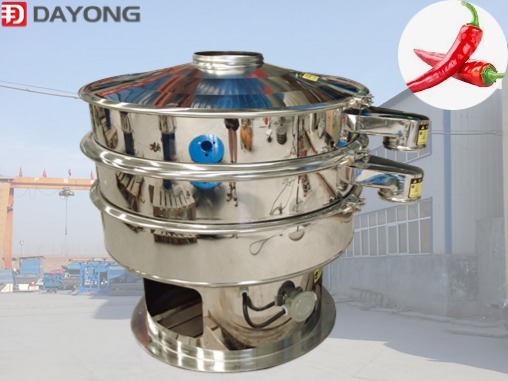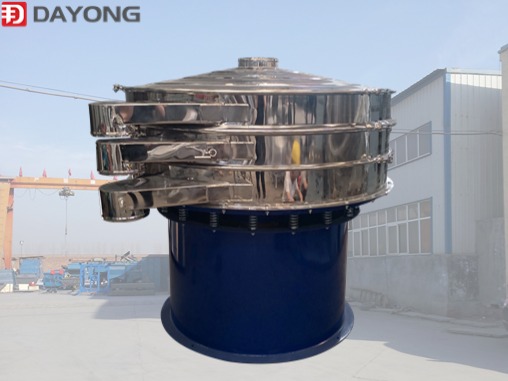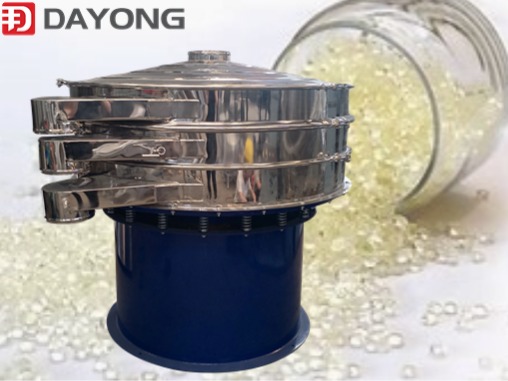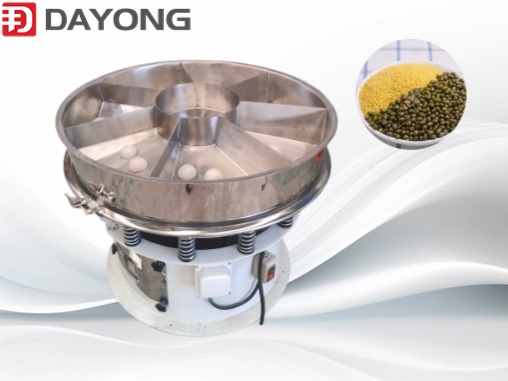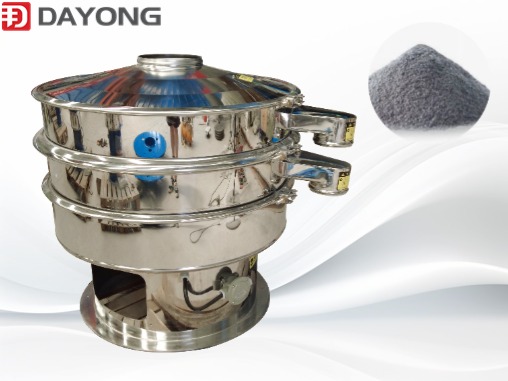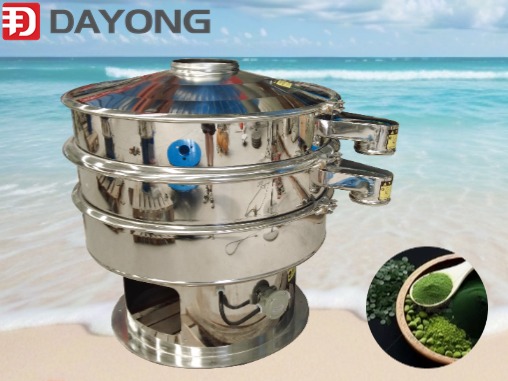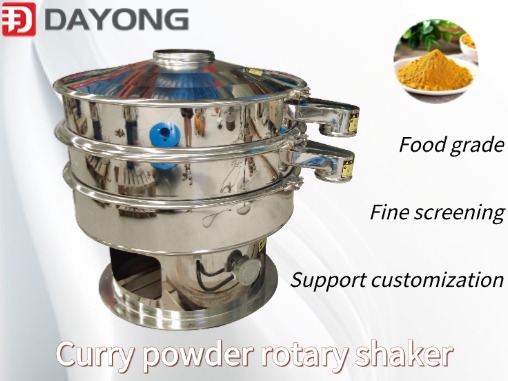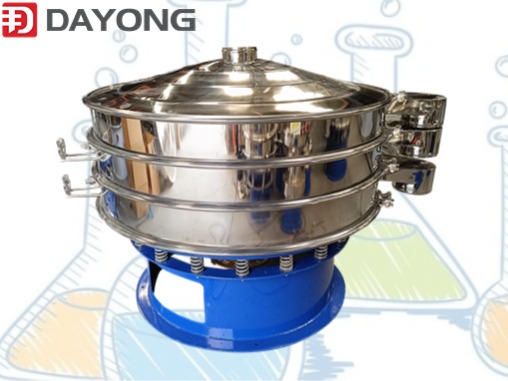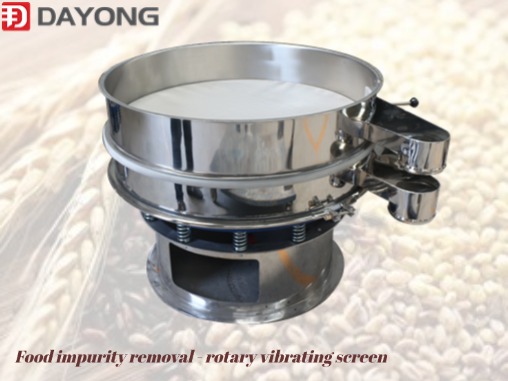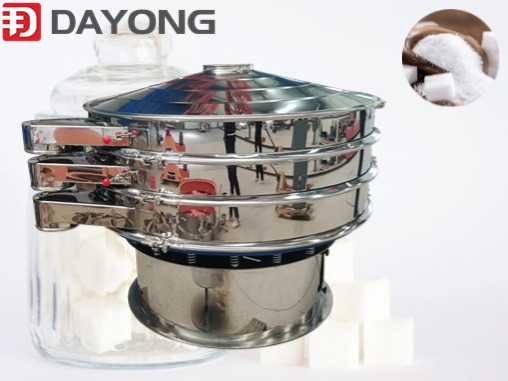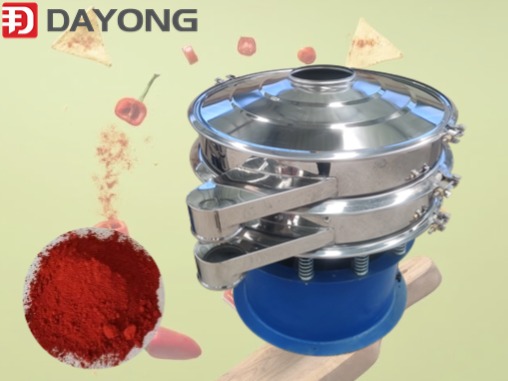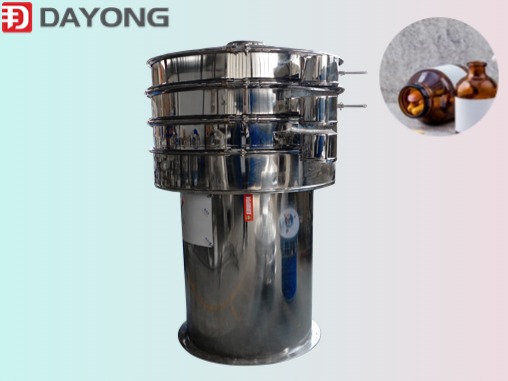Chemical Powder Ultrasonic Rotary Sieve Machine
Chemical Powder Ultrasonic Rotary Sieve Machine is specially designed to solve the sieving problem of ultra-fine powder. Single layer uses sieving to remove impurities, multi-layer uses size classification and fine filtration. Xinxiang Dayong Vibration Equipment Co., Ltd. has been specializing in the production of screening machines for 11 years. According to your specific needs, we can customize screening machines for you.
Machine model: DY-400mm/DY-600mm/DY-800mm/DY-1000mm/DY-1200mm/DY-1500mm/DY-1800mm
Machine material: stainless steel for parts in contact with materials; all stainless steel; carbon steel; plastic material.
Number of layers used: 1~5 layers
Welcome to contact us.
Chemical Powder Ultrasonic Rotary Sieve Machine,The rotary vibrating screen made of stainless steel is divided into stainless steel woven screen and punched screen. With the modernization of preparation production and the improvement of production efficiency, the use of advanced screening equipment has become an important factor affecting the screening of traditional Chinese medicine powder. Therefore, high-efficiency screening equipment such as vibrating screen is generally used. When selecting equipment, users should select the equipment according to the purpose of screening. To remove impurities, classify, filter or otherwise select the precision of the sieving. Secondly, the size of the machine model is determined according to the processing capacity. For different processing capacity, Dayong Company has professionally developed different types of screening machines such as DY-400/DY-600/DY-800.
The rotary vibrating screen is a high-precision fine powder screening machine with low noise and high efficiency. It takes 3-5 minutes to change the screen quickly. The rotary vibrating screen uses a vertical motor as the excitation source. The upper and lower ends of the motor are installed with eccentric weights, which convert the rotary motion of the motor into three-dimensional motion of horizontal, vertical and inclined, and then transmit this motion to the screen surface. . Adjusting the phase angle of the upper and lower ends can change the movement track of the material on the screen surface.

